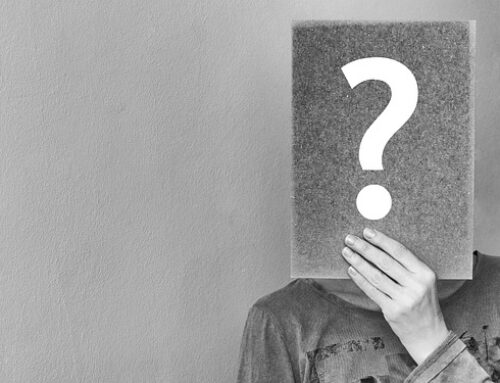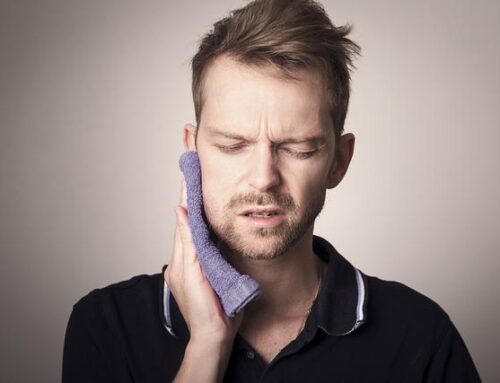Masks have become a part of our daily attire. I’m sure you’ve seen the memes, but when we leave the house we often check for our phones, keys, wallet, mask and hand sanitizer now. As we continue to grapple with the COVID-19 pandemic and this “new normal,” we want to make sure you are taking care of yourself. That includes preventing jaw pain from wearing a mask. Here are some tips to help.
Ensure your mask fits properly
It might sound simple, but ensuring a good fit on a mask is key to protecting your jaw. A mask that is snug across the nose and does not slip up toward the eyes can help you avoid clenching or protruding your jaw to keep it in place. Ear savers can also help reduce the downward pull on your ears, which is often caused by the mask loops.
Assess posture
It is also important that you perform an assessment of your posture throughout the day. This involves making sure you do not stick your head too far forward. A simple chin tuck exercise can help. To do this chin tuck exercise, pull your head straight back and attempt to make the back of your neck long. This can help reset your posture and can be performed several times a day.
Be mindful of resting position
We often do not think of this next step, but it is vital that you are aware of your resting mouth position. At rest, your lips should be lightly closed, teeth should be slightly apart and the tongue should be resting lightly on the roof of your mouth. Being aware of your mouth resting position can help avoid excessive clenching of the jaw.
Breathe through your nose
Masks will be around for a while, but it doesn’t mean your jaw pain should be too. While wearing your mask, make sure you are breathing through your nose. Ideal breathing posture is to have, as mentioned earlier, your tongue resting on the roof of your mouth, just behind the teeth with your lips closed. You should be breathing in and out through your nose at this point. It is key to follow.
Pay attention when talking
Yes, this might sound odd, but it is important to be mindful of your jaw when talking while wearing a mask. Talking with your mask on may be difficult if it doesn’t fit right. If your mask is not fitting well around your face, it can slip up or down while you are talking. To keep the mask from moving, you may notice that you change the way you move your jaw. While it might seem like a good idea at first, it is actually creating tension in the muscles that move your jaw. Pay attention to this and find a better fitting mask if possible.
Try a mask that ties behind the head
There are many different styles of masks these days. We have ones that can have your favorite Disney character on it or there are the plain white N95 masks that many have chosen to wear as well. Sometimes, though, masks with straps that go behind the ears can cause pain because of the excessive pressure and tension. This pain can then refer forward towards the jaw and lead to increased tension in the muscles around the jaw. There are masks that tie around the head instead of loop around the ear. If needed, you can try wearing those to relieve pressure on your ears.
Avoid added stress
This is less of a step to check your mask, but still important. If you do experience jaw pain after wearing a mask, you need to reduce any additional stressors on the temporomandibular joint (TMJ). This includes chewing gum and eating very crunchy or chewy foods, such as a burger or chips. Warm or cold compresses on the irritated joints or muscles can help to relieve any pain you might be feeling.
As always, please contact Dr. Mayoor Patel at Craniofacial Pain and Dental Sleep Center of Georgia for more information on how to ease your jaw pain or to learn more about if your TMJ pain has led to TMD.






